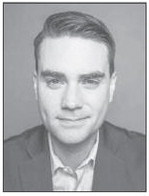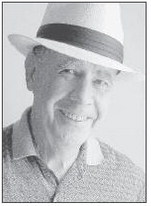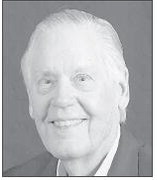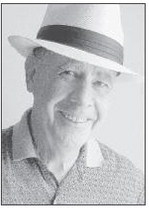editorials
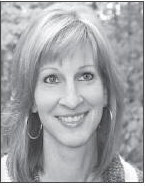

His First Arrowhead
I like to think that 50 years from now, when I’m dead and gone, our grandnephews, Andrew and Lawson, rememb e r m e fondly and say, “She taught us how to hunt for arrowheads.” And then I hope they recount the events of earlier this year, as the three of us ran wild as animals through the woods behind our house — our eyes locked on the ground searching for rocky relics.
The two boys stayed with us on a warm day this past April. We ate and talked and played tee ball on the front lawn, but we spent most of our time exploring the trails that wind along a rocky creek and up a mini mountain on our property. Before we ventured out, I reached into a dish on the kitchen window sill and pulled out a handful of arrowheads and fragments I’ve found over the years. I spread them out on the table and encouraged the boys to study them.
“See how pointed they are and how slick they look,” I said. “These pieces look much different than the rocks we will see out in the woods today. These pieces are made of flint. Indians used flint to make arrowheads — sharp tools they used to kill animals.”
A few minutes later, we were probing the forest’s floor. Lawson was more interested in hunting for arrowheads than Andrew. Our younger grand-nephew seemed determined to find one, though I had told the boys that we may not find a full projectile point as we wandered around that day.
“Is this one?” Lawson asked holding up a big chunky rock the size of a baseball.
“No,” I said. “Remember that flint is very smooth and shiny. It will stand out among the other rocks. And it will probably be kind of flat and small — about the size of a little Hot Wheels car.”
Three minutes later, I heard Lawson’s little voice again.
“What about this one? Is this an arrowhead?” he asked politely. I glanced over. “No, honey,” I said. “Keep searching. I doubt we will find one today. I know people who have looked their entire lives and have never found an arrowhead.”
“Is this one?” he asked again, rushing over to me with a small round rock.
Every two or three minutes, Lawson asked me to look at a rock he suspected to be an arrowhead, and every time, I shot down his hopes by saying, “No.” He must have asked me to look at a rock in his hand twenty times. He was wearing me out. It got to the point where I didn’t even look at the relic before saying, “No.” But then as we waded into a shallow spot in the creek, Lawson asked me once more, “Is this one, Aunt Amber?” I glanced over and noticed a point on the rock. Then I noticed divots signifying that someone had chiseled its edge with fine precision. I took a closer look and exploded. “Oh my God! You actually found one!” I yelled. I was in shock. I picked him up and spun him around as he gripped the arrowhead in his tiny hand like a trophy. We danced and celebrated in the woods — Lawson smiling from ear to ear — for ten or fifteen minutes. We texted photos to family members to mark the grand occasion.
I know my family suspects that I hid the arrowhead in the creek that day so that one of the boys would make a grand discovery while visiting with us, and the truth is: I thought about doing that, but I didn’t. Lawson’s arrowhead discovery was pure, organic, and beautiful. I’m still filled with joy when I think about it.
When they all left that evening, Lawson was still holding his arrowhead — still looking at it and knowing that it was something special.
And so, I hope 50 years from now, the boys will replay the events of that day over and over in their heads. I hope one of them says, “Remember when we found that arrowhead in the creek behind her house?” And I hope that memory makes them smile. Most of all, I hope that they have little boys of their own one day, that they teach them to hunt for arrowheads as they roam the earth, and that they find one here and there and think of me.

Lawson Lanier with his arrowhead.

Andrew and Lawson Lanier together in the creek.



